Could a Titanic Seawall Save This Quickly Sinking City?
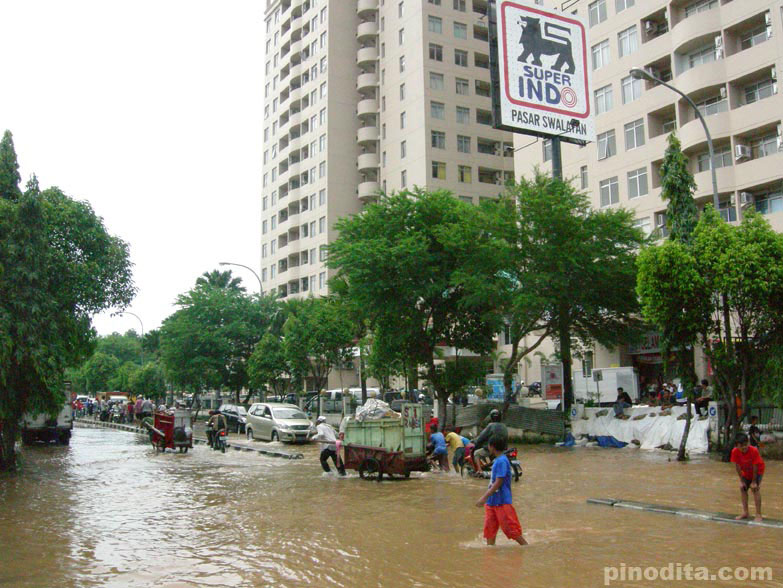
Jakarta, Indonesia’s fast-growing capital of 10 million people, is embarking on one of history’s biggest seawall projects—to be shaped like a Garuda, a mythical bird-like creature.
Saving Shore Communities a Risky, Expensive Proposition
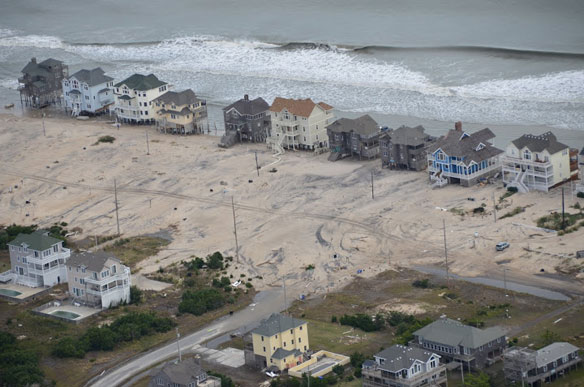
The sea is rising. The land is sinking. Entire mid-Atlantic communities are anchored in between, bookended by certain disaster unless a way is found to turn back the tide and save the shore. No one knows how to fix the fix we’re in, as climate change and sea-level rise continue to assault our shores.
Bangladesh’s Kutubdia island losing battle to stem climate tide

Although around 100,000 people still reside on Kutubdia, few have any illusions they are living on borrowed time, with Coast – a Bangladeshi NGO – warning the whole island could disappear underwater within 50 years. Tens of thousands have already left for good, mainly heading to the teeming capital Dhaka.
Column: The future of Florida’s beaches and the public’s right to know; Op Ed. by Orrin Pilkey
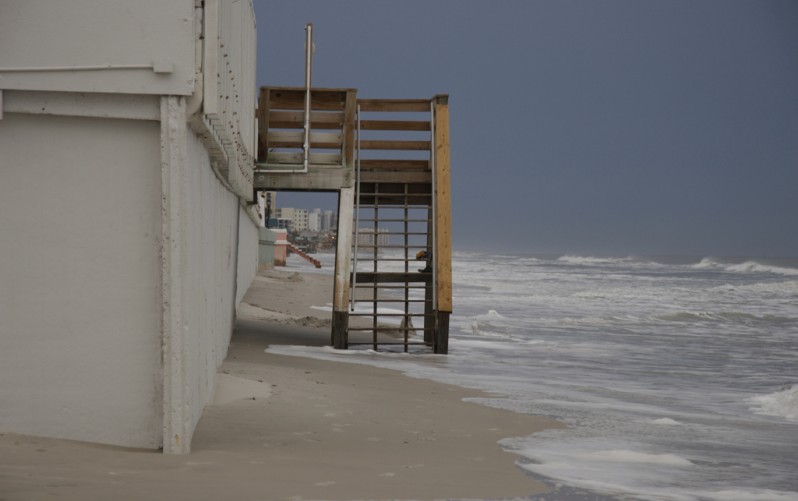
“The state of Florida has a very weak coastal management program and has carried out no realistic planning about how to respond to sea-level rise. In fact, leading politicians of the state, including the governor, deny global climate change and have forbidden their lieutenants from even mentioning the seven words “climate change, global warming, sea level rise…”
Sinking into Paradise: Climate Change Worsening Coastal Erosion in Trinidad

The coastline of Trinidad is under threat as seas rise, storms grow heavier, and as sand is washed away. Seas in the region have been rising by more than 2 millimeters every year — though scientists are still trying to pinpoint the role of climate change in accelerating local beach erosion.
How Coastal Real Estate Is Being Impacted By Climate Change

Accelerated sea-level rise and growing storm intensity, two widely studied effects of climate change, are giving the oceans a powerful edge in the age-old battle against continental shorelines. The impact is not only environmental, but economical.
Greenland Glacier Sheds Billions of Tonnes of Ice Into Ocean
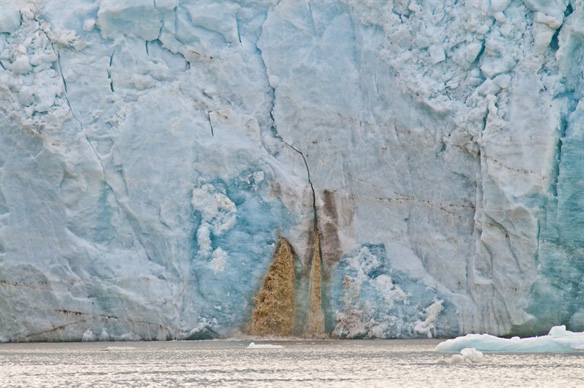
A glacier in northeast Greenland that holds enough water to raise global sea levels by more than 18 inches (50 cms) has come unmoored from a stabilizing sill and is crumbling into the North Atlantic Ocean. Losing mass at a rate of 5 billion tons per year, glacier Zachariae Isstrom entered a phase of accelerated retreat in 2012.
Crescent Beach Arms Itself Against The Rising Sea, BC

Crescent Beach is a sleepy beachfront community thrust into battle. This sweeping ocean coastline with dramatic views of B.C.’s Boundary Bay has been home to people for nearly 3,000 years. Today’s residents find themselves besieged by climate change and its tidal onslaught.
Interactive Images Show Impact of Sea Level Rise on Global Icons
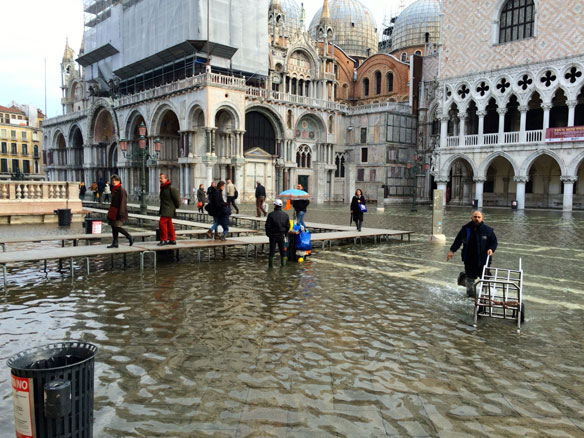
Long-term sea level rise set in motion by near-term carbon emissions threatens major coastal cities across the world. Climate Central presents projections of sea level rise that could be locked in following 2°C and 4°C of warming from carbon pollution in the coming decades. This pathway corresponds roughly to business as usual.
